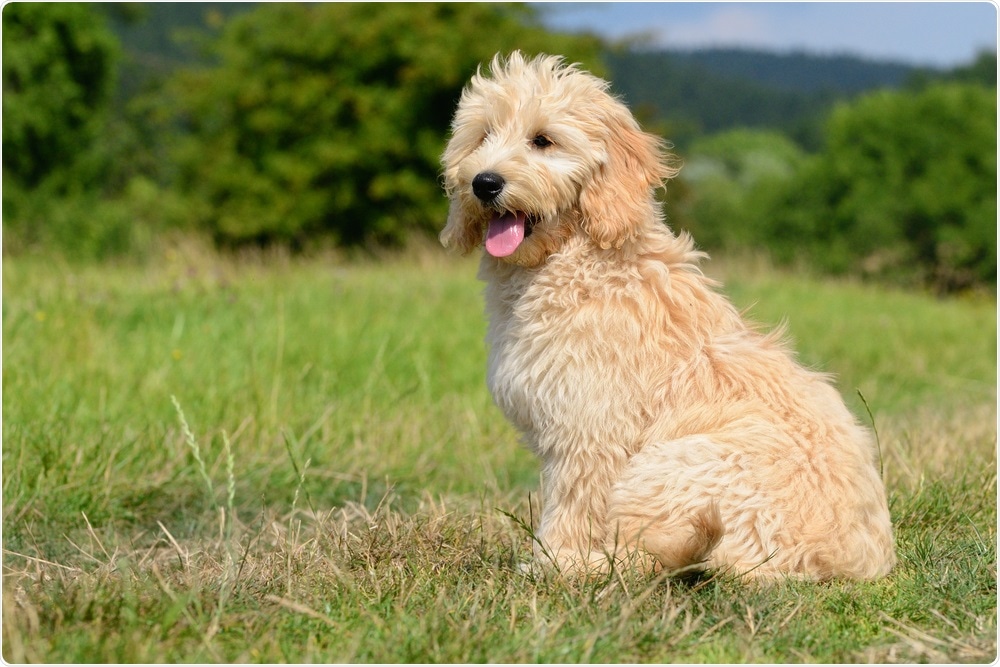Researchers at the University of Rennes have shown for the first time that dogs can recognize the scent given off when a person is having an epileptic seizure. The finding could lead to new methods of predicting an oncoming seizure, such as the use of trained dogs or electronic systems that can detect the odor.
 anetapics | Shutterstock
anetapics | Shutterstock
Dogs have an extremely acute sense of smell and previous studies have demonstrated their ability to “sniff out” illnesses such as diabetes, cancer, Parkinson’s disease and malaria.
Although research has previously shown that diseases such as lung or breast cancer are associated with distinct body odors, no study has yet investigated whether epileptic seizures may be associated with a certain olfactory profile.
The question is whether a ‘seizure-odour,’ that would be transversal to individuals and types of seizures, exists. This would be a pre-requisite for potential anticipation, either by electronic systems (e.g., e-noses) or trained dogs.”
Amélie Catala and colleagues have now tested whether dogs can detect the scent given off by people experiencing an epileptic seizure. They trained five dogs from an organization called Medical Mutts to recognize the scent present in the sweat of people who had an epileptic seizure.
Participants wiped their hands, neck and forehead with a cotton pad immediately following a seizure and placed the pads in ziplock bags, which they then breathed into before finally sealing them. They also did this after exercising or engaging in a relaxing activity.
Next, the team used treats to train the five dogs to recognize the scents associated with a seizure in order to prepare them for a test.
The test involved the dogs choosing from a set of seven sweat samples taken from a single person, only one of which had been taken following a seizure. Each dog was tested nine times using samples taken from a person they had not encountered previously.
As reported in the journal Scientific Reports, three of the dogs correctly identified the scent taken following a seizure with 100% accuracy, while the other two dogs recognized the scent in two-thirds of cases.
The results were clear: all dogs discriminated the seizure odour. The sensitivity and specificity obtained were amongst the highest shown up to now for discrimination of diseases.”
This demonstrates for the first time, that despite the variety of seizures and individual odors, an epileptic seizure is associated with distinct olfactory characteristics, they say.
Although the researchers do not yet understand which molecules the dogs are able to detect, Catala thinks it is possible that a change in electrical activity induces the release of certain neurohormones that subsequently trigger the scent or that are linked to stress-related molecules and pathways, for example.
The team hopes the findings will open up a large field of research into the odor profile of seizures and the investigation of potential applications in terms of anticipating their occurrence.
Our next step is to try to see whether the scent is present before the seizure and if the dog can rely on it to alert someone. It could lead to significant improvements in terms of seizure detection or prediction systems.”
This could help patients by giving them time to call for help or make sure they are in a safe environment before a seizure begins.